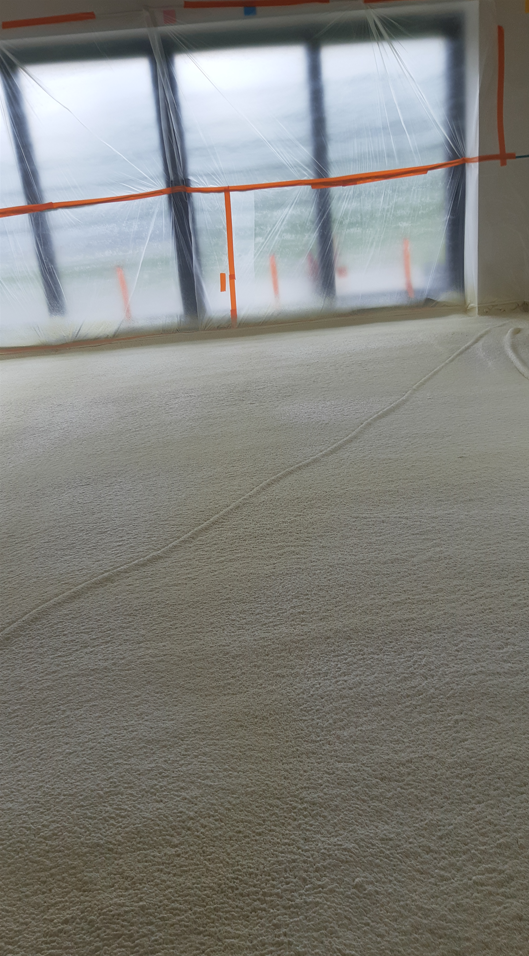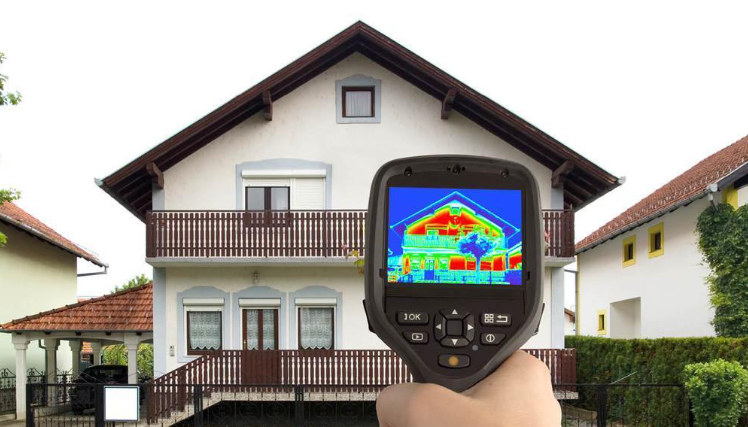Polyurethane spray foam insulation is increasingly being used for its excellent thermal insulation performance and adaptability to the unique characteristics of all types of substrates. But once this system has been chosen, a final decision has to be made: closed-cell or open-cell spray?
Closed cell foam has better thermal conductivity, is much more rigid, absorbs less water than open cell foam. Its main use is for thermal and acoustic insulation of floors, also those with underfloor heating.

Closed cell spray characteristics and installation method
Open-cell foam has a porous and spongy structure; it is a lightweight and breathable material, which expands when applied, filling all voids and cracks. Closed cell foam, on the other hand, is less permeable to air, has higher strength and stiffness and low thermal conductivity. Thus, it is possible to reduce the thickness compared to other thermal insulators.
Closed cell spray has excellent performance as a thermo-acoustic insulation for floors, with good adhesion to the substrate. In addition, it is easy to handle, transport and install, as it is manufactured on site. With proper application by professional installers, acoustic bridges are eliminated by insulating floor slabs from impact noise.
It is a two-component system (polyol + isocyanate), with a good reaction to fire and more than 90 % closed cells. It is available in different densities, depending on the type of application.
Closed cell spray applications
This insulation system is applied directly to the substrate using high-pressure equipment with integrated heating. In this way, thermal and acoustic bridges are eliminated, adapting to any irregularities in the substrate.
In short, it is a very effective system for insulating buildings and reducing energy consumption, especially on ground floors if it is applied on the ground.
Poliuretan Spray S-35RGB/ECO and Poliuretan Spray S-383 HFO are Synthesia's most suitable closed cell spray systems for insulating floors. They all contain fourth generation foaming agents (HFOs) with very low global warming potential. They all contain fourth generation foaming agents (HFO) with very low global warming potential.











